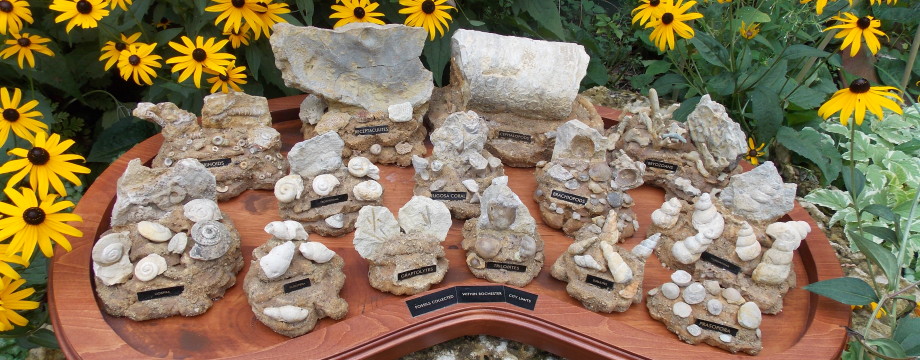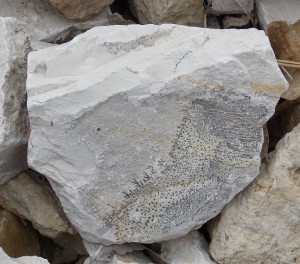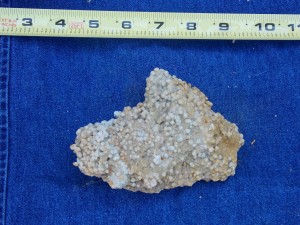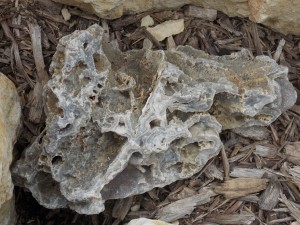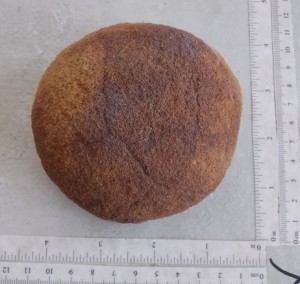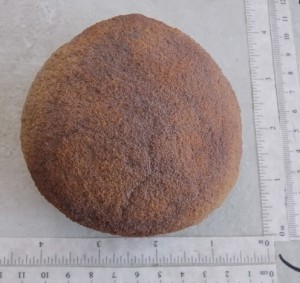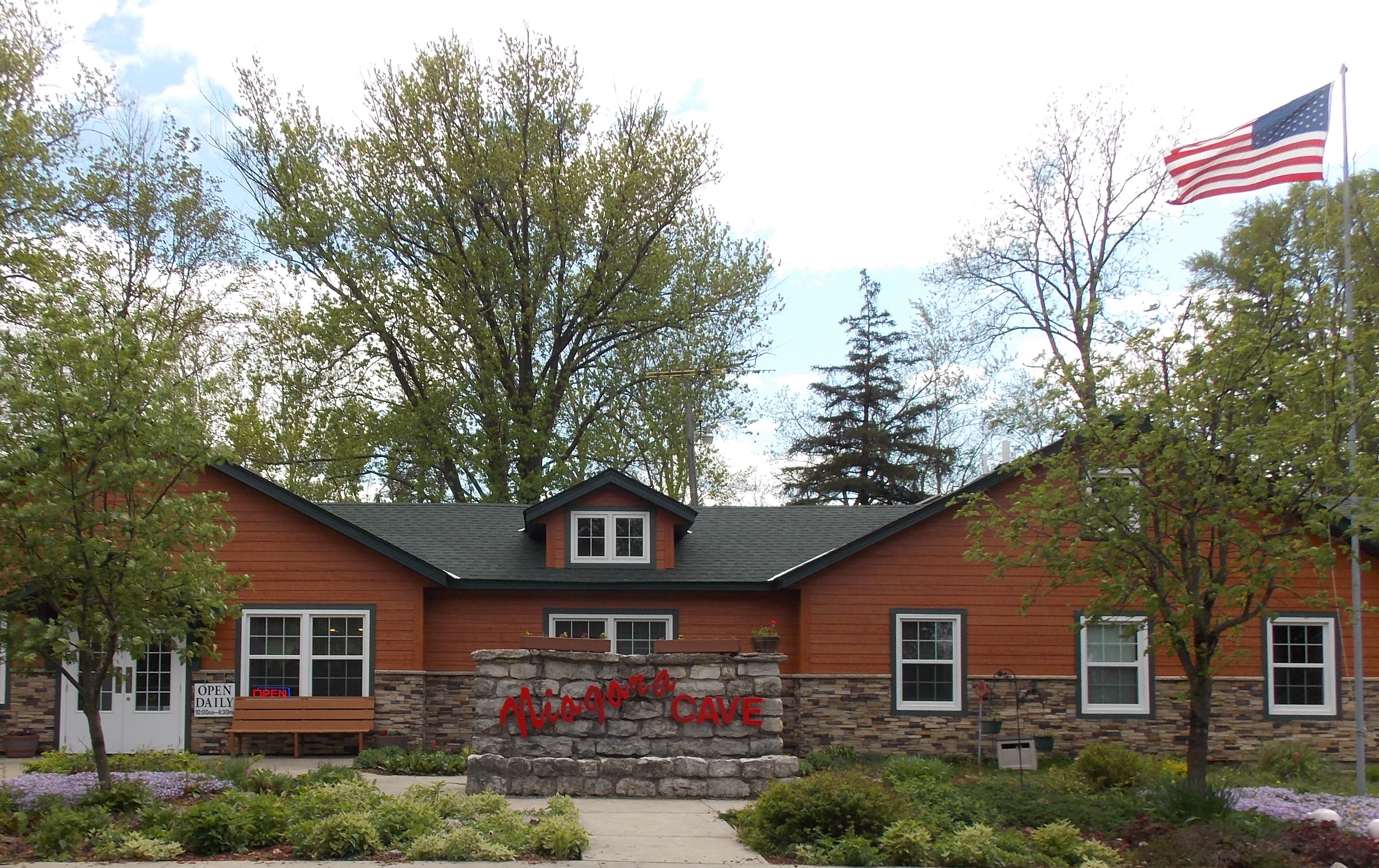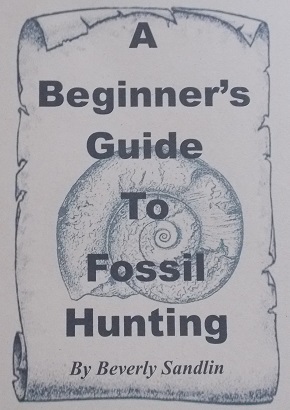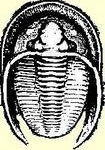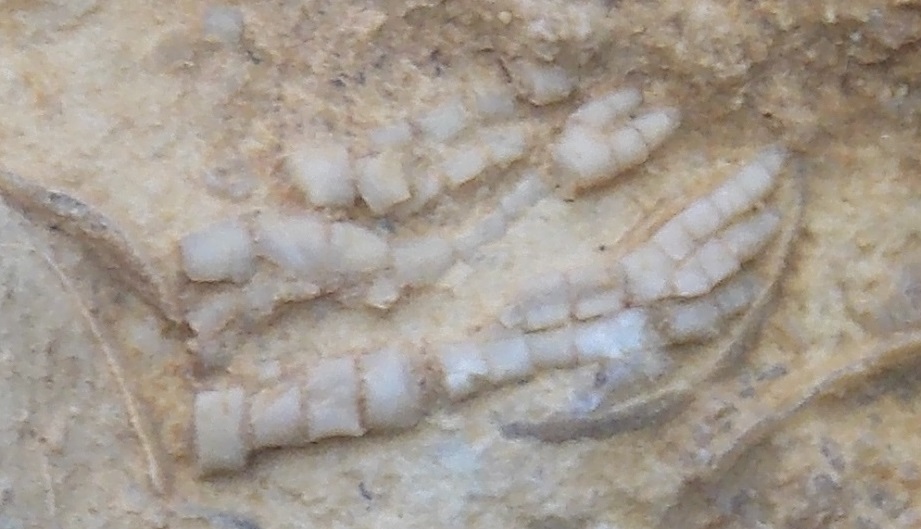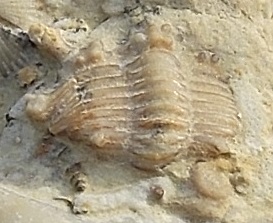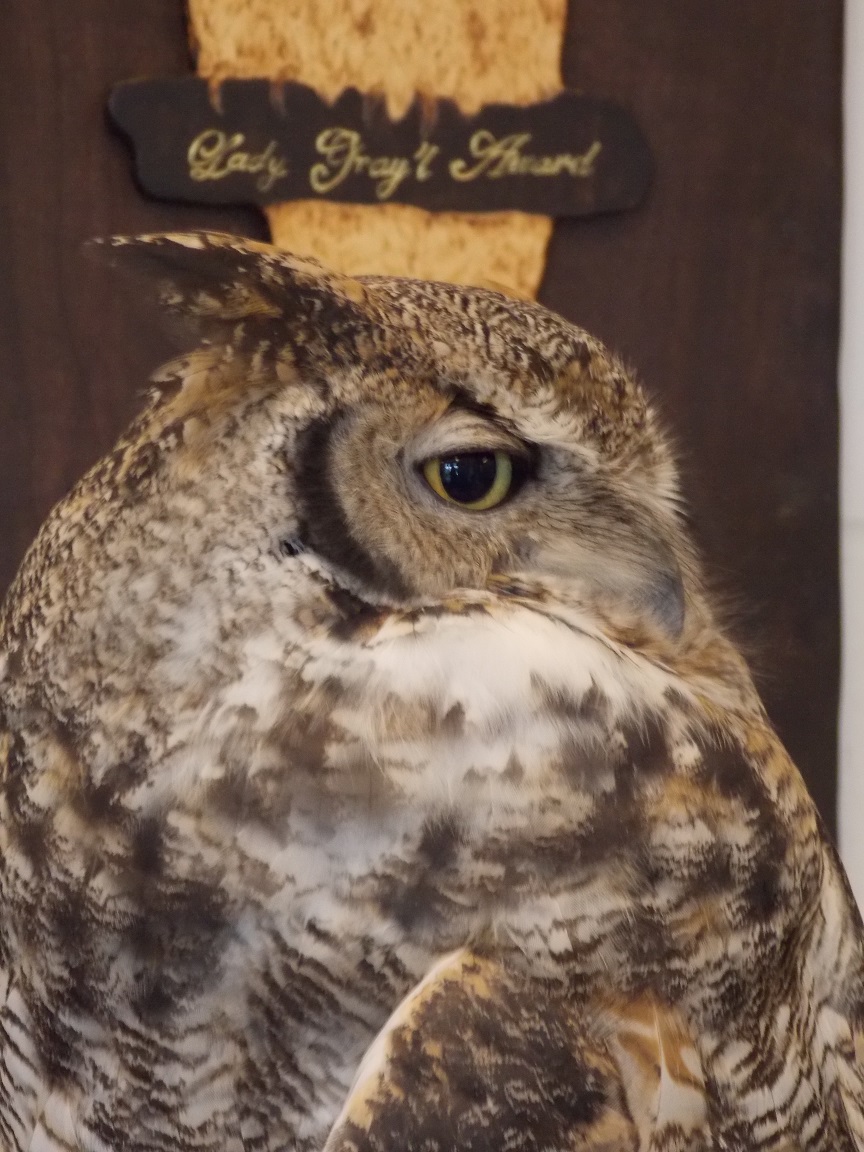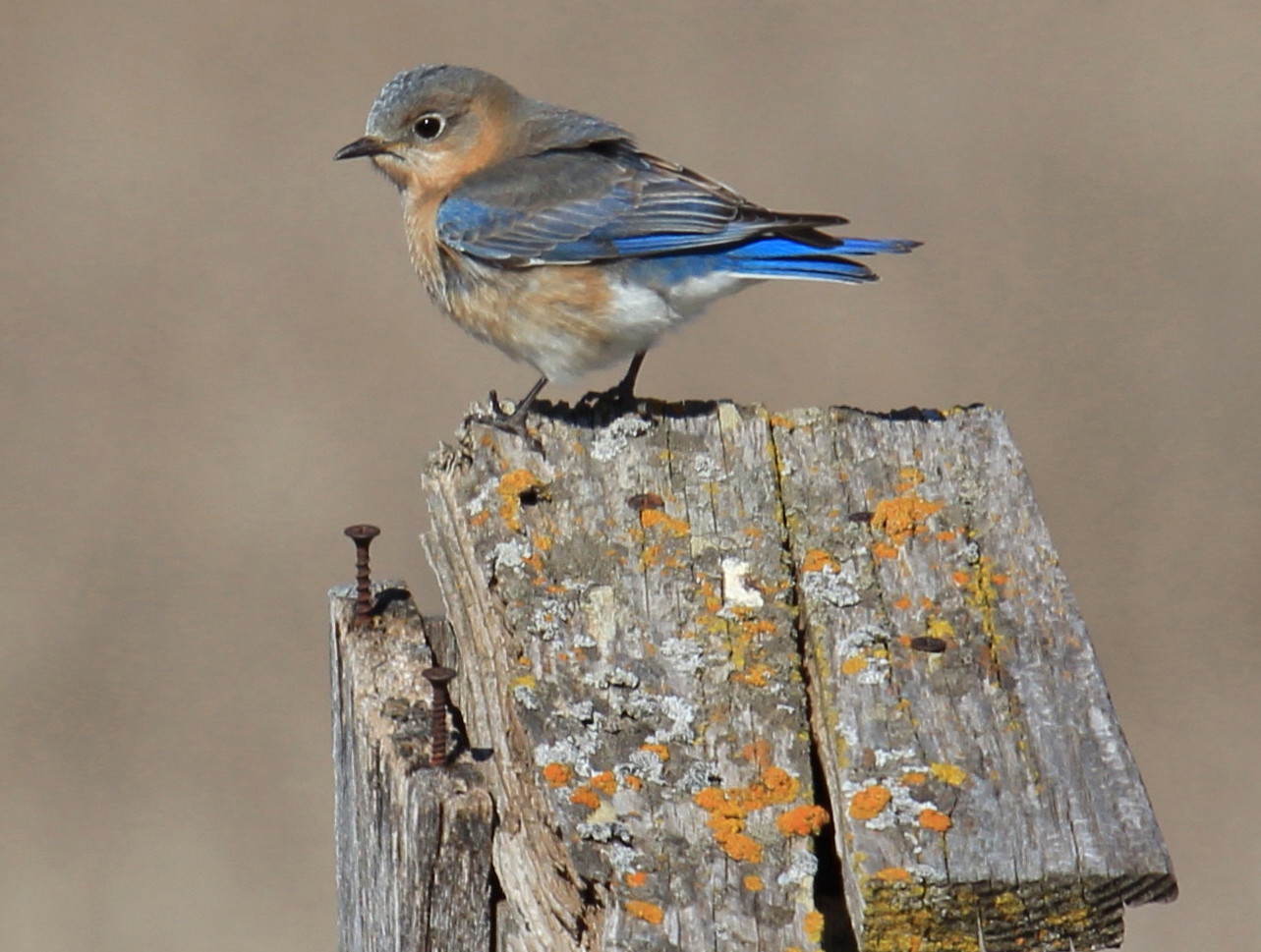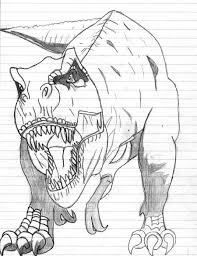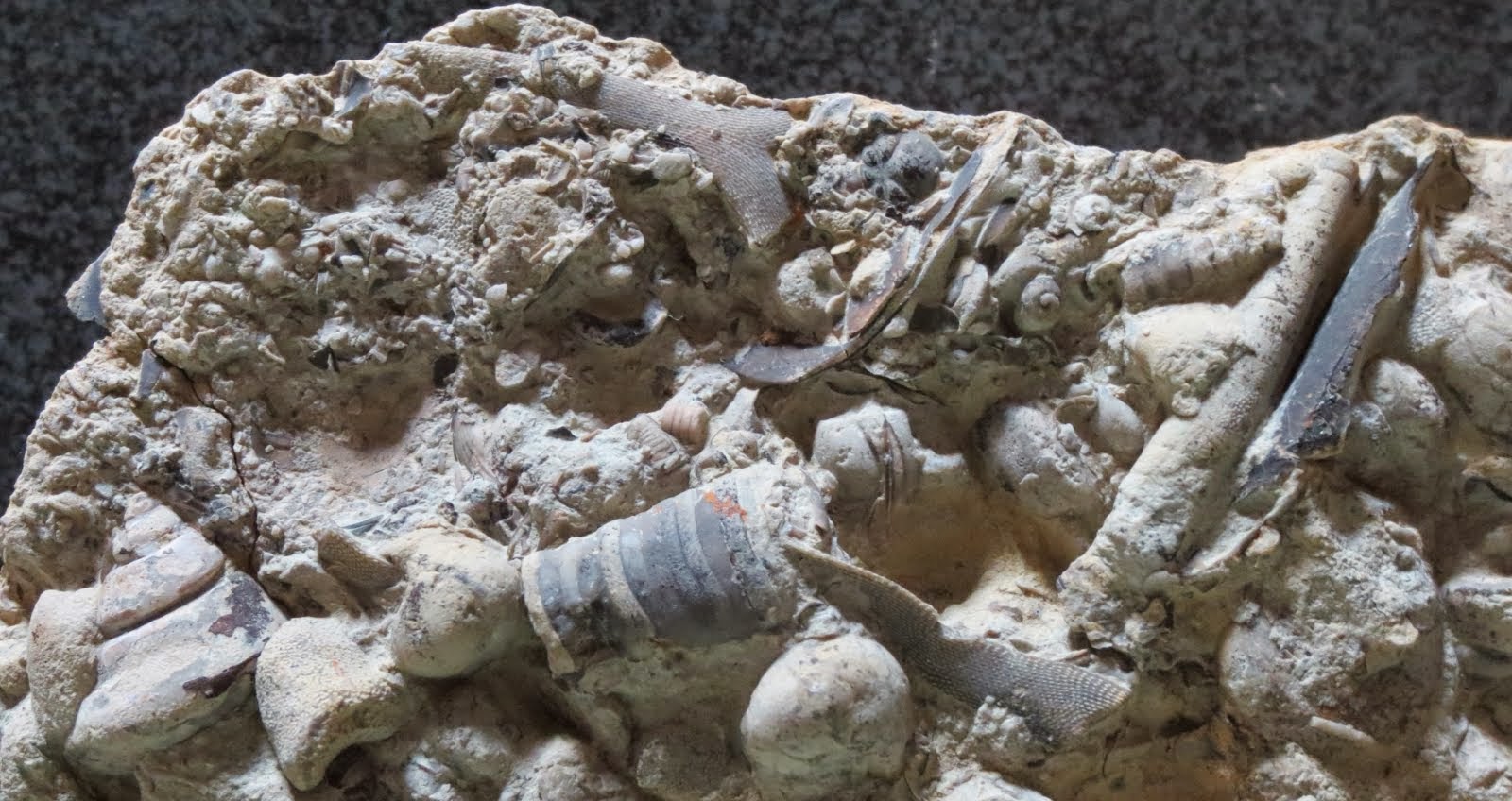Wiki: “Pseudofossils are inorganic objects, markings, or impressions that might be mistaken for fossils. Pseudofossils may be misleading, as some types of mineral deposits can mimic lifeforms by forming what appear to be highly detailed or organized structures. One common example is when manganese oxides crystallize with a characteristic treelike or dendritic pattern along a rock fracture. The formation of frost dendrites on a window is another common example of this crystal growth. Concretions are sometimes thought to be fossils, and occasionally one contains a fossil, but are generally not fossils themselves. Chert or flint nodules in limestone can often take forms that resemble fossils.” Full article HERE.
Wiki: “A crystal dendrite is a crystal that develops with a typical multi-branching tree-like form. Dendritic crystal growth is very common and illustrated by snowflake formation and frost patterns on a window. Dendritic crystallization forms a natural fractal pattern. Dendritic crystals can form from growth instabilities that occur when the growth rate is limited by the rate of diffusion of solute atoms to the interface. In this case, there must be a concentration gradient from the supersaturated value in the solution to the concentration in equilibrium with the crystal at the surface. Any protuberance that develops is accompanied by a steeper concentration gradients at its tip. This increases the diffusion rate to the tip. In opposition to this is the action of the surface tension tending to flatten the protuberance and setting up a flux of solute atoms from the protuberance out to the sides. However, overall, the protuberance becomes amplified. This process occurs again and again until a dendrite is produced.
The term “dendrite” comes from the Greek word dendron, which means “tree”.”
Link to article here: http://en.wikipedia.org/wiki/Dendrite_(crystal)
Wiki: “Oolite (egg stone) is a sedimentary rock formed from ooids, spherical grains composed of concentric layers. The name derives from the Hellenic word òoion for egg. Strictly, oolites consist of ooids of diameter 0.25–2 mm; rocks composed of ooids larger than 2 mm are called pisolites. The term oolith can refer to oolite or individual ooids.” Link here: http://en.wikipedia.org/wiki/Oolite
Around here we call this “creek rock” or as we pronounce it “crick rock”. 😀
It sparkles from the quartzite drusy that comes in anything from white to champagne to chocolate colors. Very beautiful and can be easily mistaken as a fossil of a coral reef, but it is not.
This is a concretion found between Rollingstone and Altura in a drywash in the 1980s. It was taken to a university at that time and identified as a “dinosaur gizzard stone”. Now it is seen as a concretion that may have formed around a fossil.

